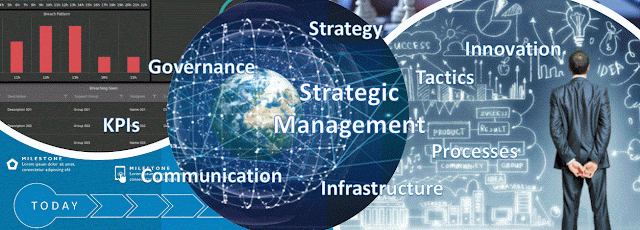| Area | Lakehouse | Warehouse | Eventhouse | Fabric SQL database | Power BI Datamart |
| Data volume | Unlimited | Unlimited | Unlimited | 4 TB | Up to 100 GB |
| Type of data | Unstructured, semi-structured, structured | Structured, semi-structured (JSON) | Unstructured, semi-structured, structured | Structured, semi-structured, unstructured | Structured |
| Primary developer persona | Data engineer, data scientist | Data warehouse developer, data architect, data engineer, database developer | App developer, data scientist, data engineer | AI developer, App developer, database developer, DB admin | Data scientist, data analyst |
| Primary dev skill | Spark (Scala, PySpark, Spark SQL, R) | SQL | No code, KQL, SQL | SQL | No code, SQL |
| Data organized by | Folders and files, databases, and tables | Databases, schemas, and tables | Databases, schemas, and tables | Databases, schemas, tables | Database, tables, queries |
| Read operations | Spark, T-SQL | T-SQL, Spark* | KQL, T-SQL, Spark | T-SQL | Spark, T-SQL |
| Write operations | Spark (Scala, PySpark, Spark SQL, R) | T-SQL | KQL, Spark, connector ecosystem | T-SQL | Dataflows, T-SQL |
| Multi-table transactions | No | Yes | Yes, for multi-table ingestion | Yes, full ACID compliance | No |
| Primary development interface | Spark notebooks, Spark job definitions | SQL scripts | KQL Queryset, KQL Database | SQL scripts | Power BI |
| Security | RLS, CLS**, table level (T-SQL), none for Spark | Object level, RLS, CLS, DDL/DML, dynamic data masking | RLS | Object level, RLS, CLS, DDL/DML, dynamic data masking | Built-in RLS editor |
| Access data via shortcuts | Yes | Yes | Yes | Yes | No |
| Can be a source for shortcuts | Yes (files and tables) | Yes (tables) | Yes | Yes (tables) | No |
| Query across items | Yes | Yes | Yes | Yes | No |
| Advanced analytics | Interface for large-scale data processing, built-in data parallelism, and fault tolerance | Interface for large-scale data processing, built-in data parallelism, and fault tolerance | Time Series native elements, full geo-spatial and query capabilities | T-SQL analytical capabilities, data replicated to delta parquet in OneLake for analytics | Interface for data processing with automated performance tuning |
| Advanced formatting support | Tables defined using PARQUET, CSV, AVRO, JSON, and any Apache Hive compatible file format | Tables defined using PARQUET, CSV, AVRO, JSON, and any Apache Hive compatible file format | Full indexing for free text and semi-structured data like JSON | Table support for OLTP, JSON, vector, graph, XML, spatial, key-value | Tables defined using PARQUET, CSV, AVRO, JSON, and any Apache Hive compatible file format |
| Ingestion latency | Available instantly for querying | Available instantly for querying | Queued ingestion, streaming ingestion has a couple of seconds latency | Available instantly for querying | Available instantly for querying |
[1] Microsoft Fabric (2024) Microsoft Fabric decision guide: choose a data store [link]










